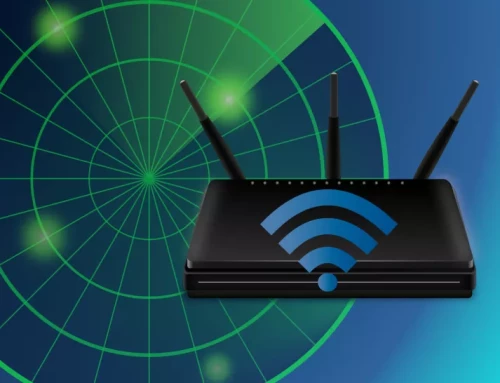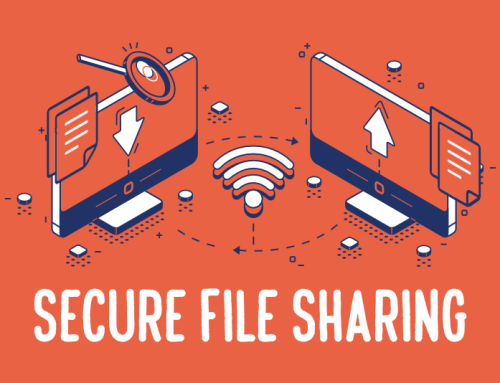Computer Worm
What is a Computer Worm?
A computer worm is a form of malware (malicious code) that is designed to replicate itself and propagate from system to system and network to network automatically without any human action. Unlike viruses, which must hook themselves onto a host file, worms are free-standing and invade systems by taking advantage of security holes.
Types of worm viruses:
Email Worms: These worms propagate through email attachments or links and reproduce by sending themselves to the victim’s email address book.
Internet Worms: These worms take advantage of vulnerabilities in computer programs or network protocols, spreading across the internet without user intervention.
File-Sharing Worms: File-sharing worms infect through file-sharing software or networks, typically by masquerading as legitimate files or software.
Instant Messaging (IM) Worms: IM worms infect instant messaging users, spreading through infected URLs or forwarded virus-infected files to friends and acquaintances.
IRC Worms: IRC worms propagate within Internet Relay Chat (IRC) channels by users not being aware of malicious URLs or commands.
Mobile Worms: Mobile worms attack mobile phones, frequently by infecting them over Bluetooth or by SMS messages.
Macro Worms: Macro worms infect applications having macro support, like word processing applications, to infect documents and files.
How did a Computer Worm Infect?
Vulnerability Exploitation: Worms exploit unpatched security vulnerabilities in operating systems, software packages, or network protocols. The worm may automatically infect a vulnerable system as soon as a system is breached.
Network Propagation: Worms are often spreading from network to network, utilizing infected computers as vectors to infect other computers. They may spread from one computer to another using the vulnerabilities within the network framework or by leveraging email, file-sharing networks, or instant messaging networks.
Infected External Devices: Some worms replicate themselves by infecting external devices like USB storage devices or hard disks. Plugging in a device into an unpolluted machine, the worm can transfer itself to the new machine.
Email and Messaging: Most worms propagate themselves as attachments through email or instant messaging clients. When opened by the email or message, the worm infects the new computer and propagates itself further by sending the copies to other contacts.
Social Engineering: Worms can masquerade as genuine programs or files to mislead people to download and run them. They can be provided as harmless files, program updates, or emails that are safe-looking.
What a worm typically does:
Spreads Malware: Some worms are designed to spread other harmful payloads like viruses, ransomware, or spyware. These payloads can infect the system further, steal data, or encrypt files.
Exploits Vulnerabilities: Worms usually exploit software or hardware loopholes to infiltrate systems. After getting inside, they can cause more harm by modifying files, stealing confidential information, or facilitating other forms of cyberattacks.
Disrupt Network Traffic: Worms will block networks with excessive traffic that can lead to denial-of-service (DoS) attacks or render networks inaccessible to authorized users.
Install Backdoors: Certain worms install backdoors or vulnerabilities on infected systems that provide hackers with remote access, stealing data or conducting other malicious operations to the user.
Some of the best practices are:
Update Software and Systems: Regularly update operating systems, software applications, and network firmware to shut any security loopholes that worm attacks might exploit. Where feasible, enable automatic updates.
Implement Firewalls: Enable hardware and software firewalls to reject and observe suspicious traffic. Firewalls can prevent worms from spreading across networks and limit unauthorized entry.
Install Antivirus/Antimalware Programs: Install reputable antivirus and antimalware software that provides real-time scanning and protection. Make sure the software is updated constantly to identify the newest worm threats.
Disable Unnecessary Services and Ports: Disable all unused services or accessible ports on your computer or network devices to minimize the entry points for worms. It also reduces exposure to network attacks.
Practice Safe Email Practices: When opening an email attachment or following a link, avoid it from sources unknown to you. Most worms transmit via email, so scanning emails for malware before a virus scan will prevent infections.
Use Secure Passwords and Authentication: Use strong, new passwords to secure systems and utilize multi-factor authentication (MFA) wherever available. This prevents unauthorized access to systems and networks.
For protection against computer worms using RAM Antivirus, you can utilize its capabilities and features specifically geared to detect, block, and eliminate worms efficiently.
How RAM Antivirus can assist:
Real-Time Protection: RAM Antivirus provides constant system activity and network traffic monitoring, whereby any worm attempting to breach the system is immediately detected and blocked.
Automatic Updates: The ongoing updates performed on RAM Antivirus help it possess the latest existing worm signatures and other infections, which it identifies and neutralizes effectively. It guards it against newly faced worms and malware.
Improved Malware Detection: RAM Antivirus employs heuristic-based and behavior detection techniques to scan for unfamiliar or modified worms that most signature-based scanners fail to detect. Preemptive detection ensnares worms in the beginning before they infect.
Firewall Integration: RAM Antivirus works with your system firewall, providing an added security layer to shut out malicious outgoing and incoming traffic, which is typically employed by worms to spread to other networks.
System and Network Scanning: RAM Antivirus scans your system and network extensively to find and remove any currently running worms, keeping them from causing more harm. It scans email attachments, downloads, and network shares for threats.
Scanning Quarantine and Removal: In case a worm is detected, RAM Antivirus quarantines the infected files or processes to prevent any further propagation and lets you safely delete or repair them.
To download RAM Antivirus:
Visit the official website, https://ramantivirus.com/, select the version compatible with your operating system, search for the antivirus you want, and click the “Download” button. Once the file downloads. Please open it and follow the instructions to complete the installation. After installation, launch RAM Antivirus to begin protecting And Securing your device.






